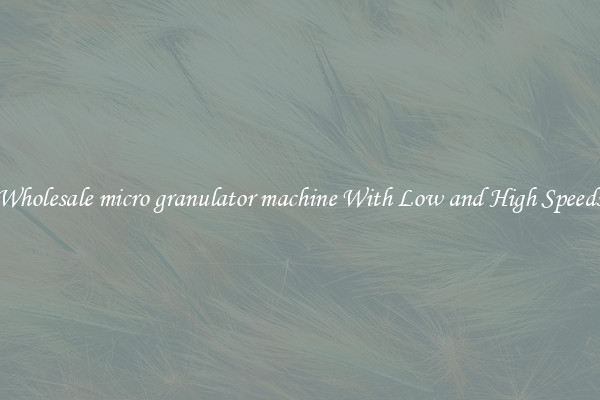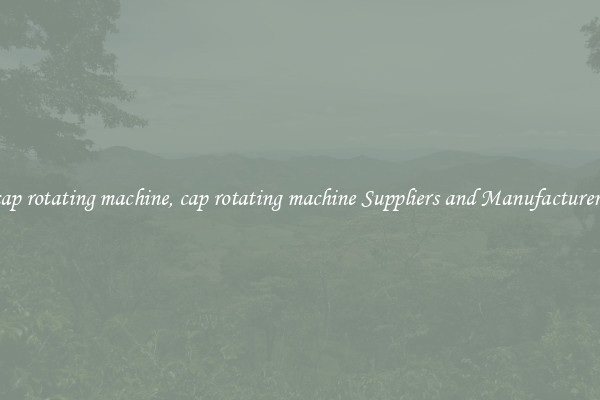Wholesale micro granulator machine With Low and High Speeds
In the world of manufacturing and production, efficiency is key. Businesses are always on the lookout for ways to increase productivity and minimize waste. One important tool in this quest is the micro granulator machine. These machines are used to break down large materials into smaller, more manageable granules. They are especially useful in industries such as pharmaceuticals, food processing, and chemical production.

When it comes to purchasing a micro granulator machine, businesses have two main options: machines with low speeds and machines with high speeds. Each type has its own advantages and disadvantages, and it's important for businesses to choose the one that best suits their needs.
Low-speed micro granulator machines are typically used for processing softer materials that don't require a high degree of grinding. These machines operate at slower speeds, which helps to prevent overheating and ensure a more consistent end product. They are also generally quieter and easier to maintain than high-speed machines. However, the downside is that they are slower and may not be suitable for processing harder materials.
On the other hand, high-speed micro granulator machines are ideal for processing tougher materials that require a finer grind. These machines operate at higher speeds, which allows for faster processing and higher productivity. They are also often more versatile and can handle a wider range of materials. However, they tend to be louder and more prone to wear and tear than low-speed machines.
When it comes to purchasing wholesale micro granulator machines, businesses should consider their specific needs and requirements. If they are primarily processing softer materials and value a quieter, more stable operation, a low-speed machine may be the best choice. On the other hand, if they are processing tougher materials and need a machine that can handle a higher volume of production, a high-speed machine may be the better option.
Ultimately, both low-speed and high-speed micro granulator machines have their own advantages and disadvantages. Businesses should carefully evaluate their needs and choose the machine that will best help them achieve their production goals. By investing in the right machine, businesses can increase their efficiency, reduce waste, and ultimately improve their bottom line.

View details

View details

View details

View details








